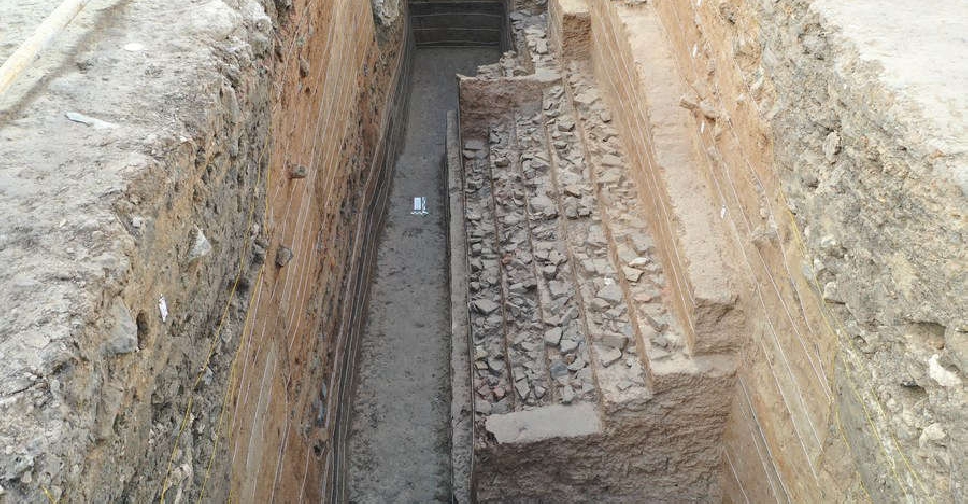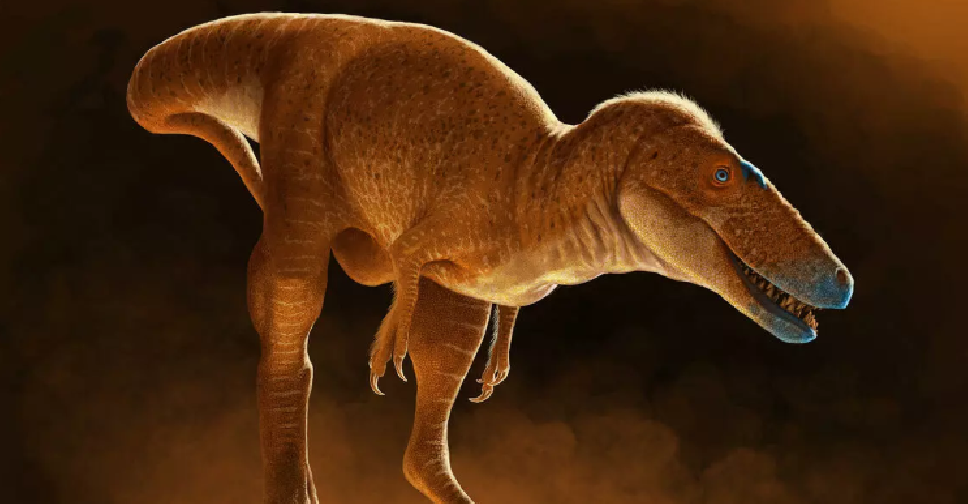
Over 2,000 porcelain, pottery, metalware, and other relics dating back to the Yuan Dynasty (1271-1368) have been uncovered in an ancient city wall site of north China's Tianjin Municipality.
Xinhua News Agency reported.
Located in today's Nankai District of Tianjin, the ancient Tianjin's east city wall site boasts various ruins, including the city wall foundation, roads, and railway tracks built between the Ming (1368-1644) and Qing (1644-1911) dynasties and the period between 1911 and 1949.
The large-scale excavation at the site began in 2017. It uncovered significant evidence and samples for further study on China's modern cities built upon their ancient city ruins, said the municipal cultural relics preservation centre.
The discovery has provided physical evidence of the construction history of the ancient Tianjin city, believed built no later than the early Ming Dynasty.
The centre said since many utensil fragments and building components with Yuan characteristics were also unearthed at the site, there may be more ruins dating back to the Yuan Dynasty or earlier around the area.


 UK farm swaps milk for cow cuddles as floods and food prices take their toll
UK farm swaps milk for cow cuddles as floods and food prices take their toll
 Two jailed for stealing $6 million golden toilet from Churchill's birthplace
Two jailed for stealing $6 million golden toilet from Churchill's birthplace
 Mongolia's 'Dragon Prince' dinosaur was forerunner of T. rex
Mongolia's 'Dragon Prince' dinosaur was forerunner of T. rex
 Labubu human-sized figure sells for over $150,000 at Beijing auction
Labubu human-sized figure sells for over $150,000 at Beijing auction
 Scientists in Japan develop plastic that dissolves in seawater within hours
Scientists in Japan develop plastic that dissolves in seawater within hours




